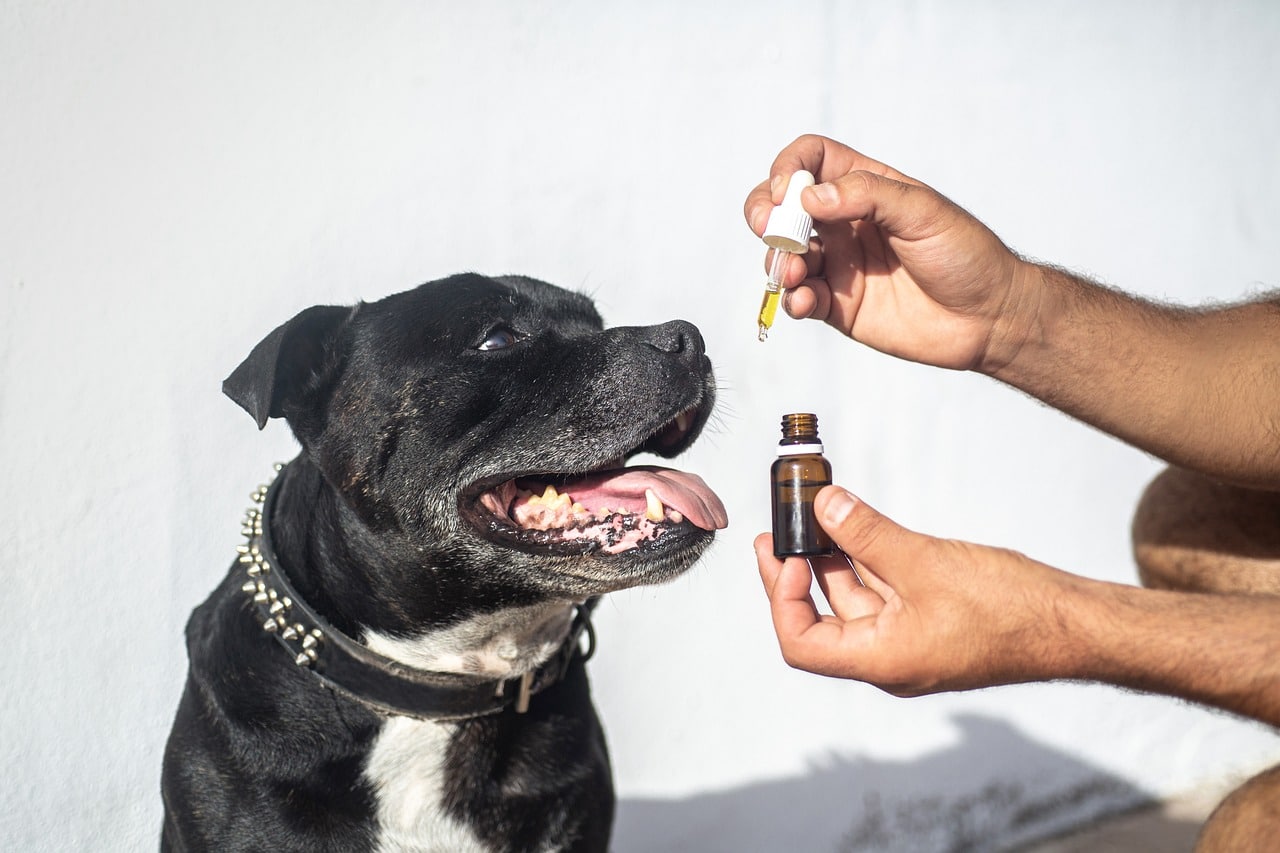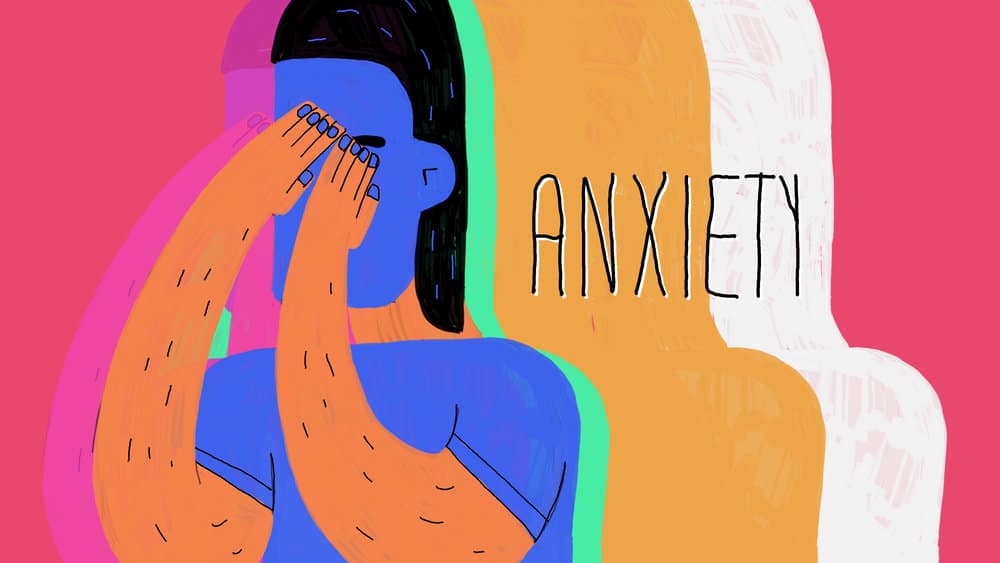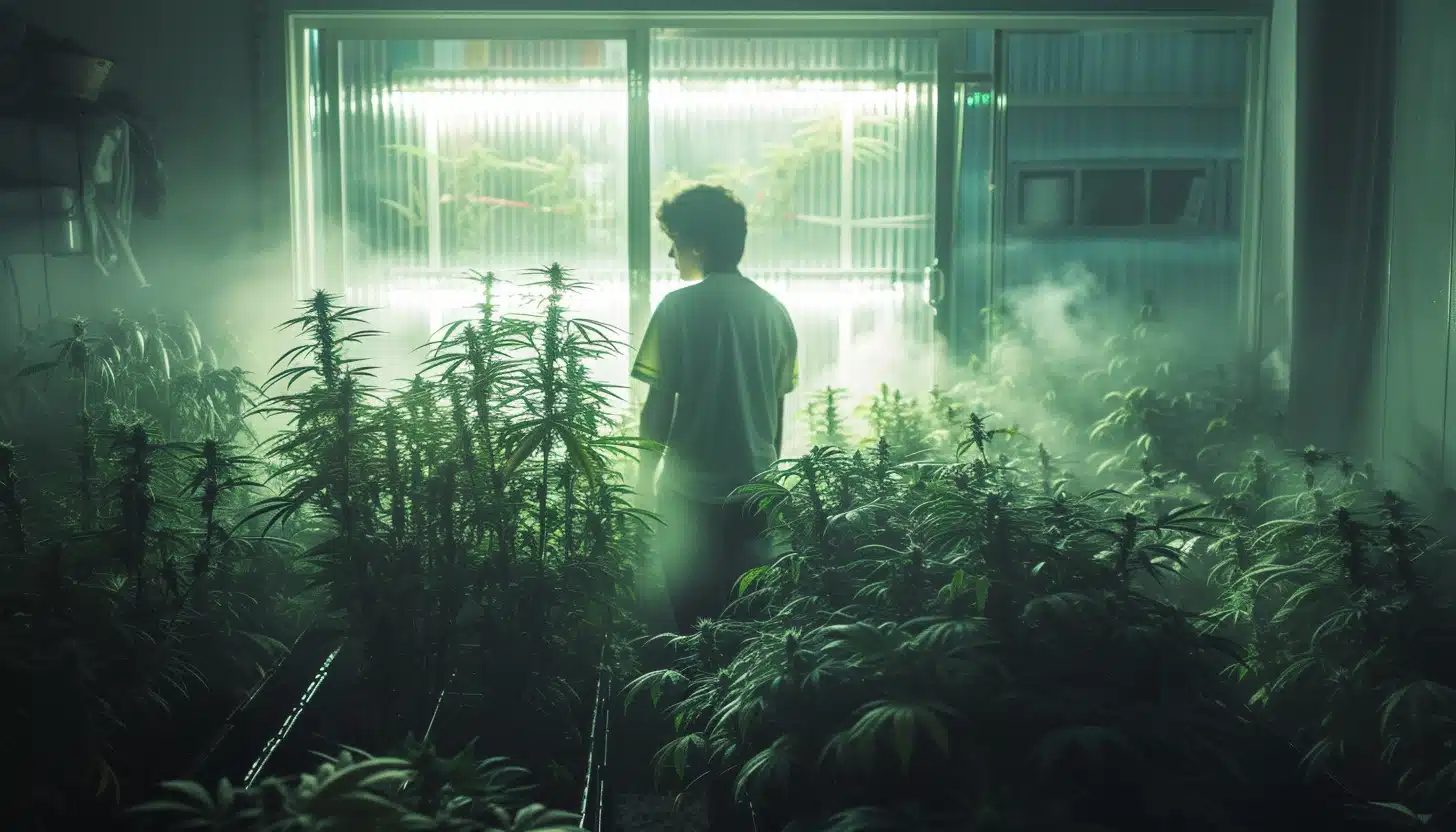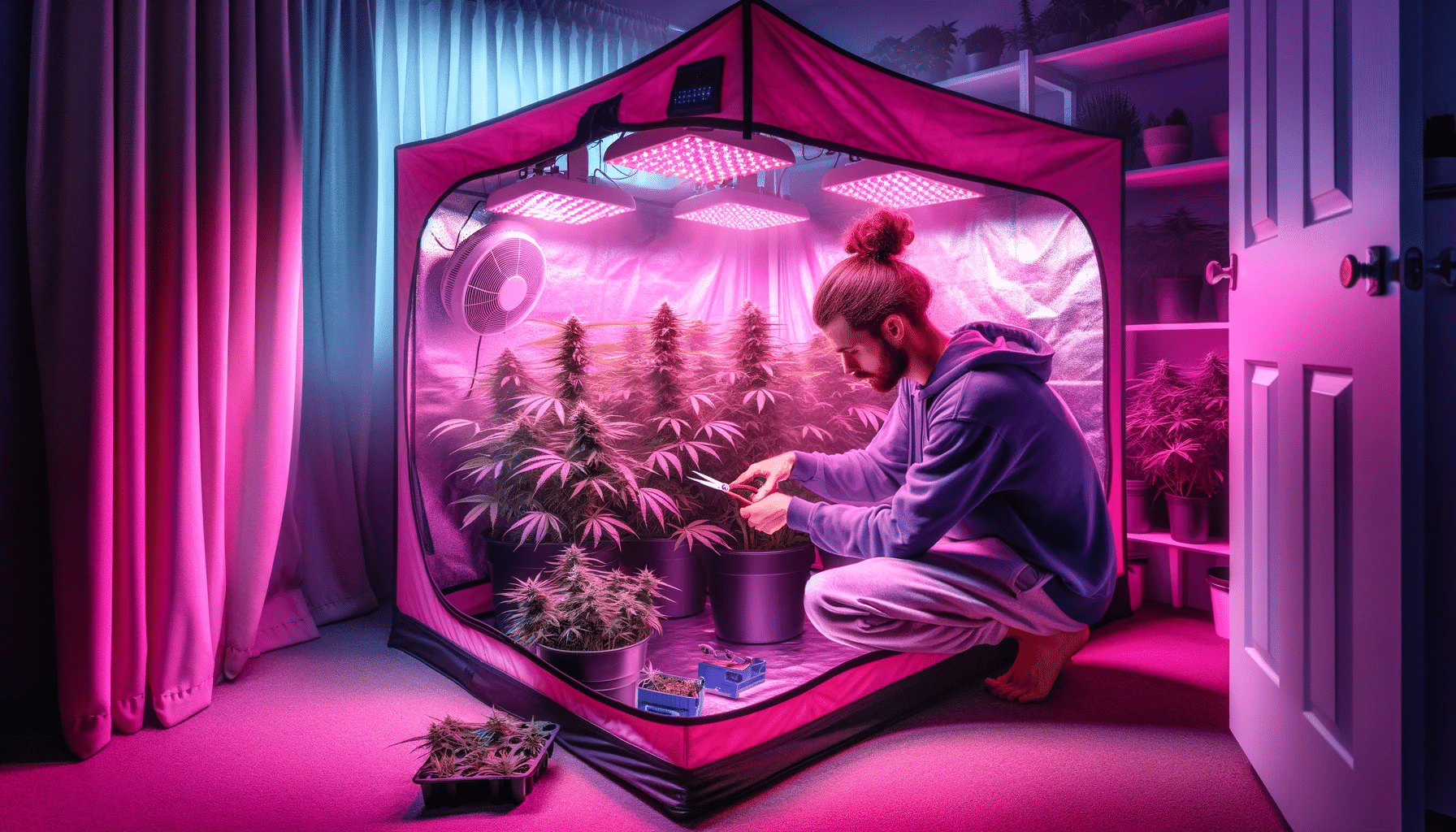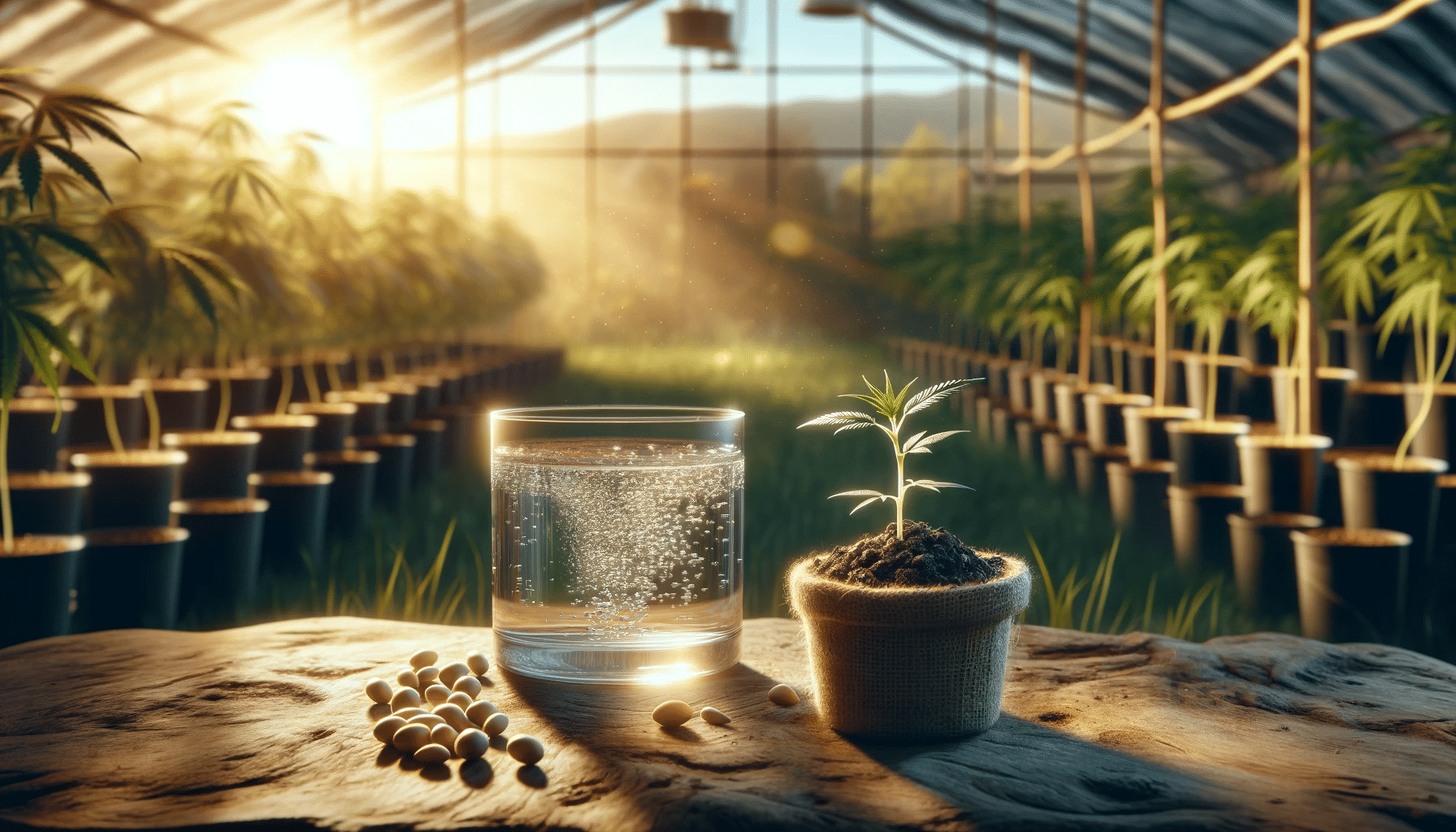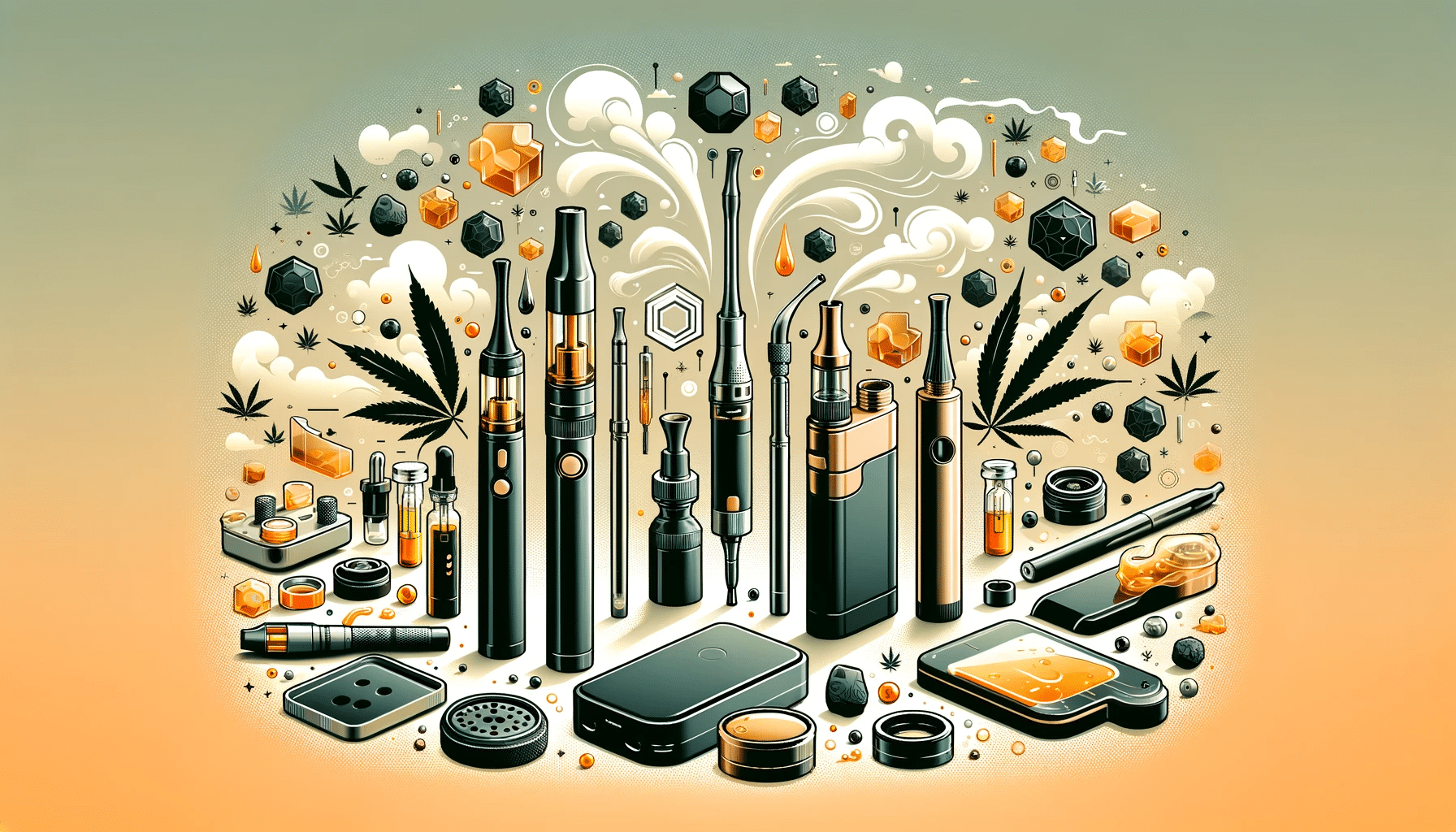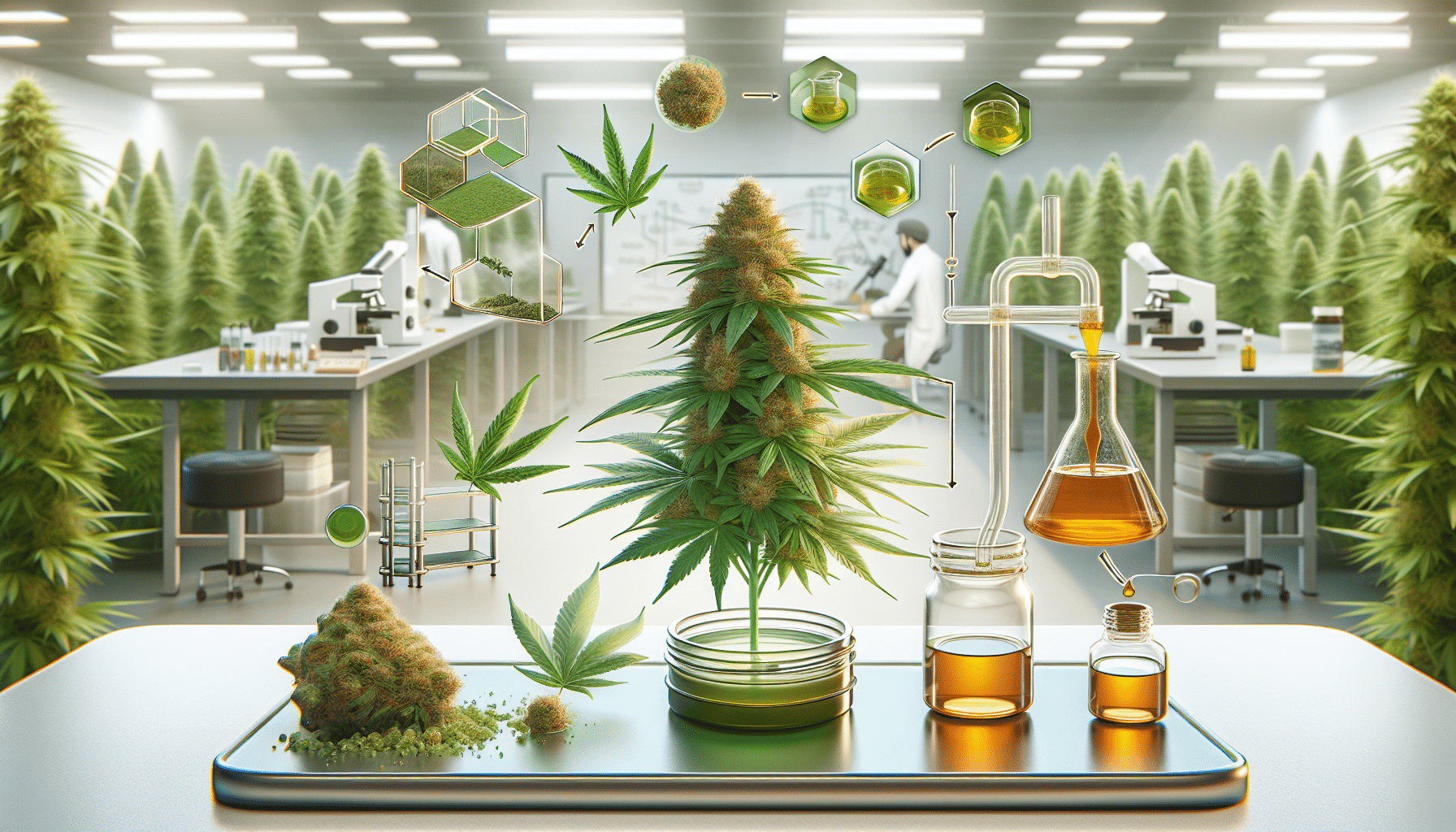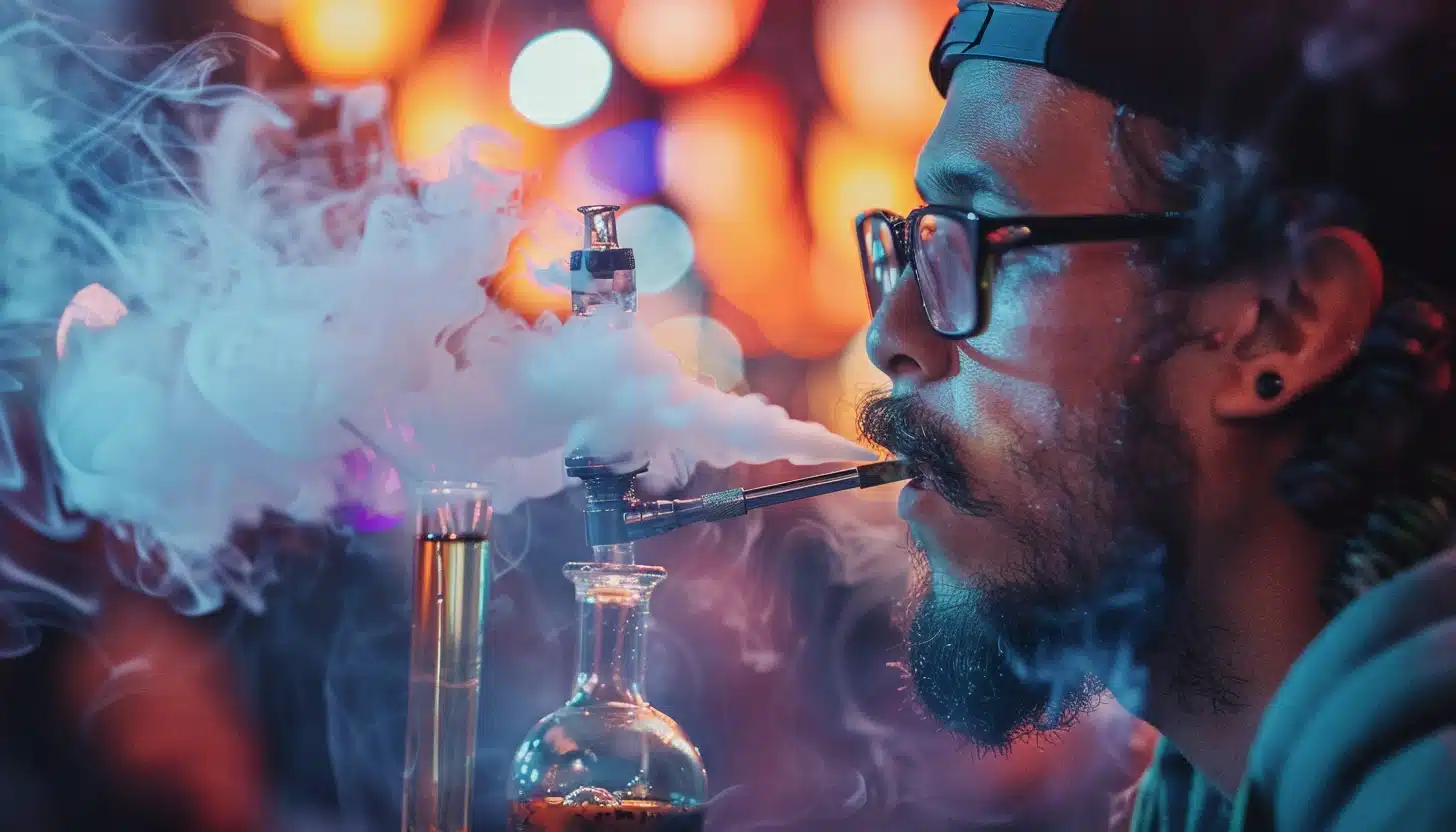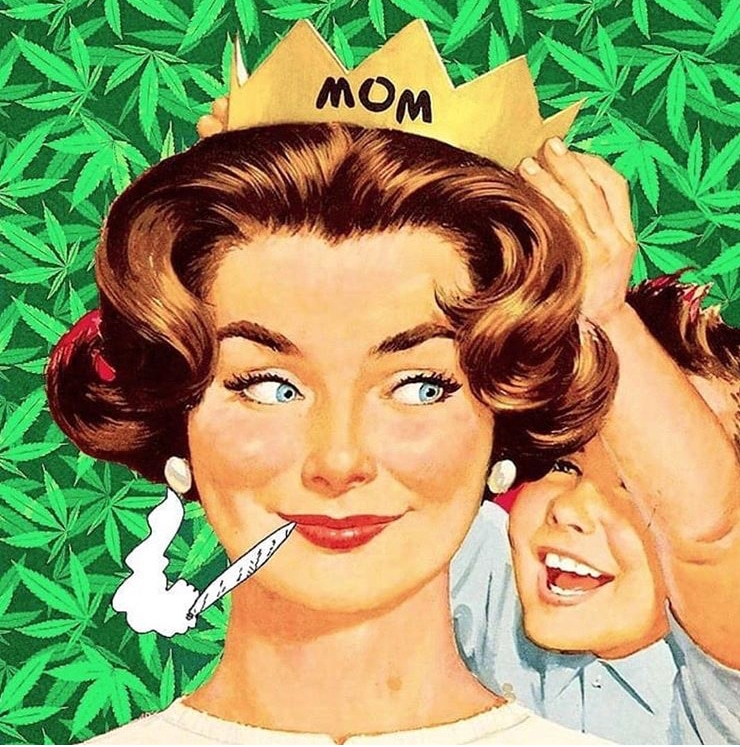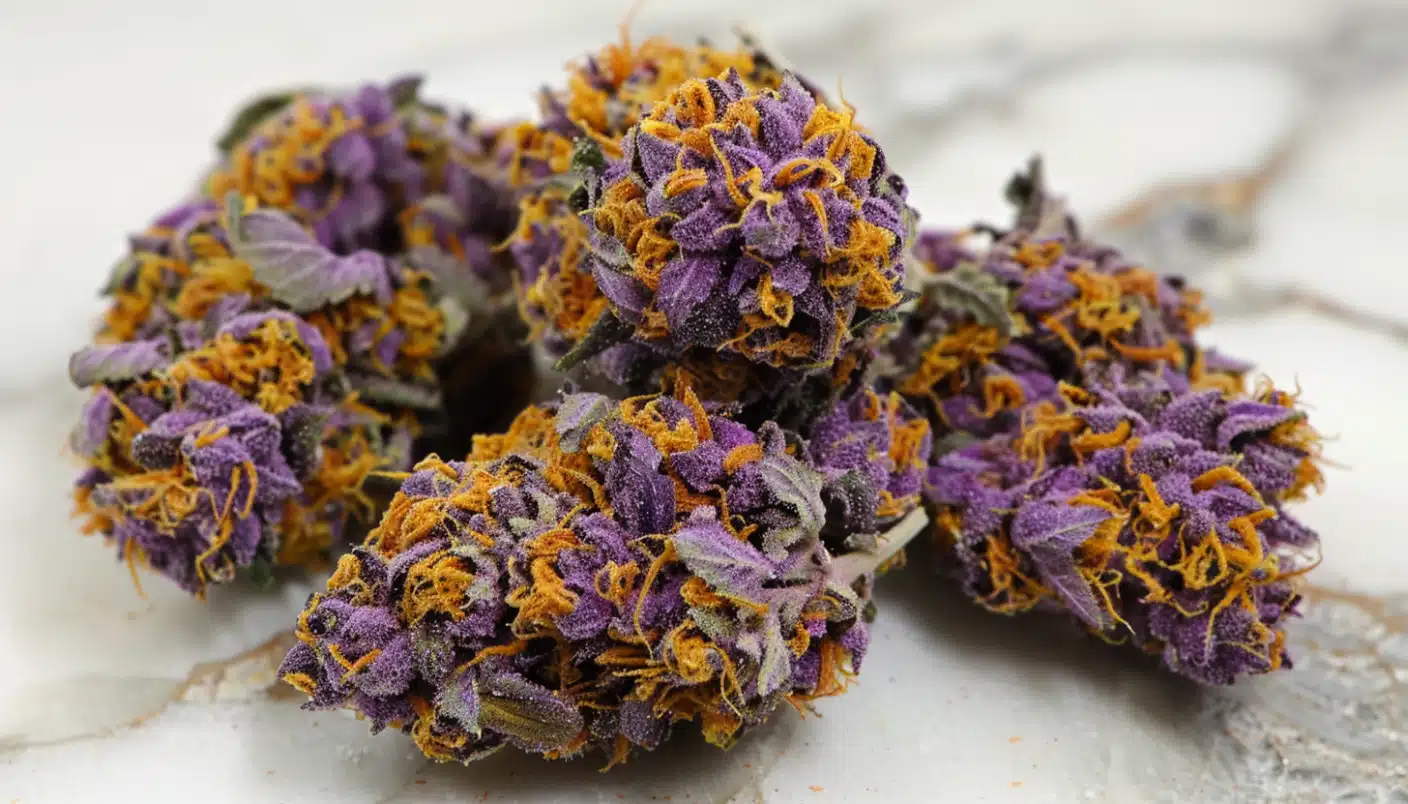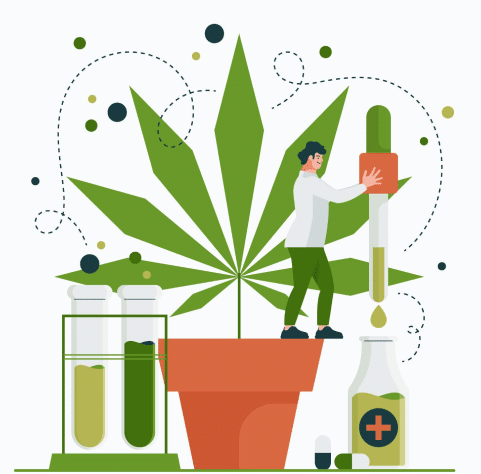As the cannabis landscape continues to evolve, a rising trend known as ‘dabbing’ has been sweeping across the scene, promising a more potent and intense high. But is this concentrated cannabis craze as harmless as it seems? The short answer is no. While the allure of a stronger high may be enticing to some, it’s crucial to understand the potential risks and dabbing dangers associated with this method of consumption.
Dabbing Defined: The Concentrated Cannabis Craze
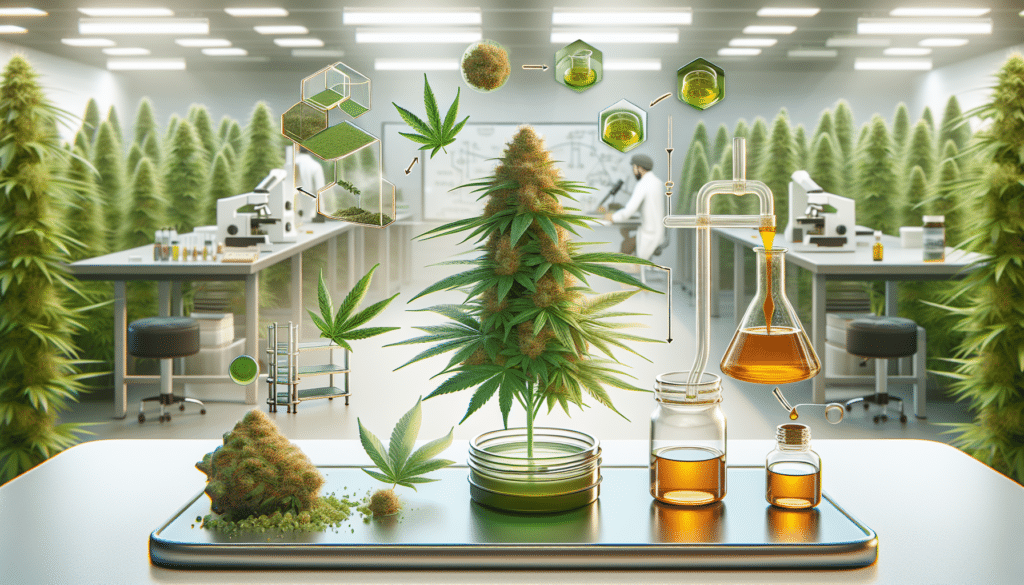
At its core, dabbing refers to the consumption of highly concentrated THC, the primary psychoactive chemical found in marijuana. This intense high is achieved by extracting THC from the marijuana plant through a process that involves pouring butane over dried marijuana leaves, ultimately yielding a potent butane hash oil or wax.
The high efficiency and instant onset of powerful effects make dabbing appealing for some individuals. This could be particularly beneficial for those looking to treat chronic pain or severe nausea. Additionally, the cleaner and purer product from the extraction process reduces the inhalation of hot smoke and resin, common in smoking regular weed.
The effects of THC are a significant factor in the appeal of dabbing. This psychoactive component in marijuana is responsible for the intoxicating sensation that users find desirable, leading to outcomes such as:
- Euphoria
- Heightened perceptiveness
- Increased sociability
- Sexual gratification
- Relaxation when smoking weed or using other forms of cannabis.
The Potency Problem: How Dabs Differ from Traditional Marijuana
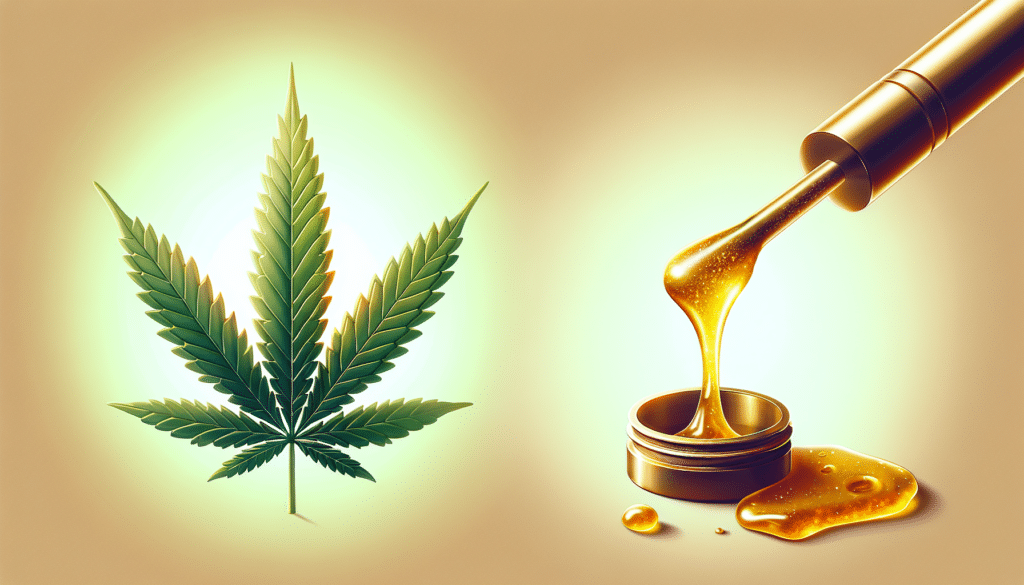
A defining feature of dabs is their significantly higher THC concentrations than those found in traditional marijuana. THC levels in a dab can range from 60%-90% or more, leading to stronger effects and increased risks of addiction and tolerance.
The escalated potency produces more pronounced effects upon consumption, adding to the risks associated with dabbing. The heightened sensation, while appealing to some, can also lead to adverse reactions, particularly in individuals with limited experience in cannabis consumption.
The greater THC concentration in dabs raises the likelihood of addiction and tolerance, presenting considerable risks compared to conventional marijuana use. As the body adjusts to the high doses of THC, the risk of substance abuse increases, leading to potential marijuana addiction and cannabis use disorder.
Dab Varieties: Shatter, Wax, and More
There are various types of dabs, including shatter, wax, and live resin. Each type varies in potency and consistency, with shatter being widely acknowledged as the purest and most potent cannabis concentrate. Its high potency makes it a favorite among marijuana enthusiasts.
Dab wax, on the other hand, exhibits similarities to shatter, albeit with a slightly lower potency attributed to the presence of more impurities in the production process. Unlike shatter, dab wax lacks transparency and possesses a softer texture, which can be attributed to the differences in the marijuana plant extraction process.
The extraction of these concentrated forms of cannabis, such as butane hash oil (BHO), involves utilizing butane as a solvent to extract THC from dried marijuana. This results in a more potent product compared to traditional flower cannabis, leading to the intense high associated with dabbing.
Health Hazards: Physical and Psychological Effects of Dabbing
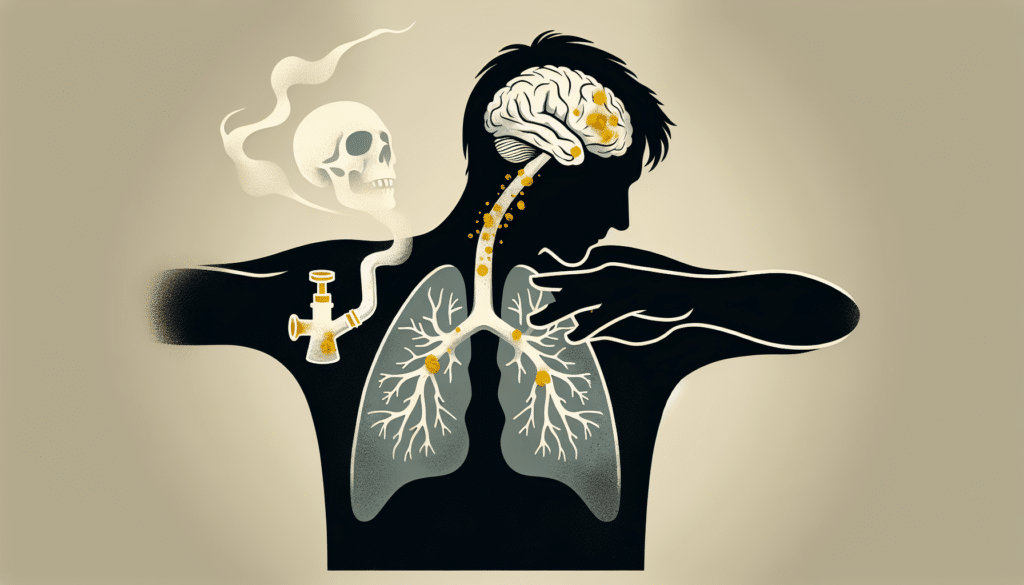
Despite the allure of dabbing, understanding the potential health concerns related to this cannabis consumption method is vital. These include a variety of physical and mental health issues, such as lung injuries, cognitive impairment, and even psychosis.
Dabbing has been associated with specific lung injuries, including acute lung injury, pneumonia-like symptoms, and respiratory problems. These physical symptoms can be distressing and harmful, particularly for young individuals who may face an increased risk of lung and heart disease as a consequence of drug abuse.
The psychological effects of dabbing can be just as concerning. Users may experience:
- A heightened state of anxiety
- Short-term memory loss
- Paranoia
- Psychosis
- In certain instances, the worsening of pre-existing mental health conditions
The high THC concentration in dabs may intensify these symptoms, leading to a possible marijuana addiction and cannabis use disorder.
Acute Side Effects: Panic Attacks, Paranoia, and Overdosing
The high potency of dabs significantly amplifies the risk of acute side effects, including panic attacks, paranoia, and even overdosing. The increased levels of THC, the psychoactive component in cannabis, are more likely to induce these effects, particularly in individuals with limited experience with cannabis consumption.
The symptoms of a cannabis overdose can be severe and distressing. These include:
- Severe anxiety or panic attacks
- Hallucinations
- Paranoia
- Rapid heart rate
- Increased or lowered blood pressure
- Impaired coordination and judgment
While cannabis overdose is generally non-lethal, these symptoms can be distressing and may require medical attention.
These acute side effects should not be taken lightly. If left unaddressed, they can escalate to chronic conditions, leading to long-term physical and psychological damage. This highlights the importance of understanding the dangers of dabbing and taking the necessary precautions when consuming cannabis in any form.
The Dangers of DIY: Homemade Dabs and Extraction Risks
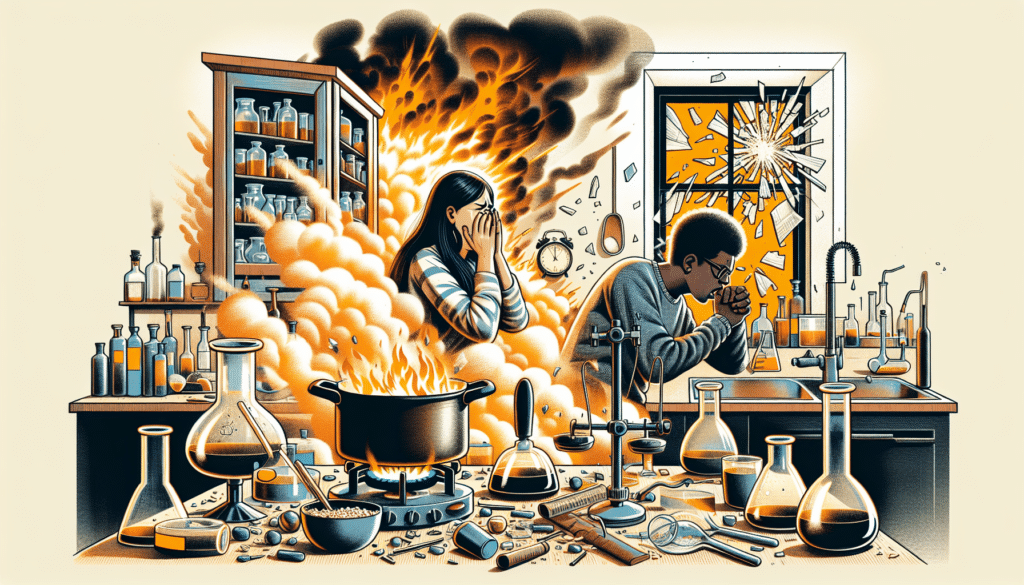
Creating homemade dabs can be significantly dangerous. While the idea of creating your own concentrated cannabis might seem appealing, the extraction process can lead to serious risks, such as the possibility of explosions and severe burns from the use of butane in noncommercial open systems.
Besides physical risks, homemade dabs could contain unidentified components and pollutants like lingering solvents and carcinogenic substances. These can introduce a range of toxic elements into the body upon consumption, increasing the risk of marijuana addiction.
The extraction process for creating dabs by licensed commercial manufacturers significantly differs from DIY setups. Licensed manufacturers use a closed-loop system to safely recycle the solvent, in contrast to noncommercial open systems where butane gas can escape, posing a risk of explosion.
This makes commercially produced concentrates a safer alternative to smoking marijuana or using homemade dabs, especially for those who rely on medical marijuana.
Addiction and Dependency: The Dark Side of Dabbing

Dabbing Dangers
Like any substance abuse, dabbing can result in addiction and dependency. Symptoms can range from social isolation and reduced motivation to heightened anxiety. These symptoms can be indicative of cannabis use disorder, a serious condition that requires professional help.
Social isolation can elevate susceptibility to addiction-like behaviors, leading to dependency on dabbing. Reduced social interaction and an inclination towards social isolation can manifest as both a symptom and a contributing element to dabbing dependency.
The psychological manifestations of dabbing addiction encompass:
- Intense cravings
- Diminished interest in previous activities
- Withdrawal symptoms upon cessation
- Augmented tolerance to the effects of cannabis concentrates
Recognizing these signs early and seeking help is crucial to overcoming addiction and reclaiming control over one’s life.
Treatment Options for Dabbing Addiction
Various treatment options are available for individuals struggling with dabbing addiction. These include detox, rehab, and therapy programs, each designed to address the unique challenges associated with overcoming addiction.
The detox process for dabbing addiction typically involves medical supervision, counseling, and support. It may encompass gradually reducing cannabis use, managing withdrawal symptoms, and addressing underlying psychological factors. Seeking professional assistance is essential for a safe and successful detoxification process.
A rehabilitation program for dabbing addiction usually combines therapy, counseling, support groups, and medical supervision. Therapies such as Cognitive Behavioral Therapy (CBT), Motivational Interviewing, Contingency Management, Family Therapy, Group Therapy, and Medication-Assisted Treatment are utilized to address the root causes of addiction, cultivate coping strategies, and offer assistance for the recovery process.
Prevention and Education: Combatting the Dabbing Epidemic
To prevent dabbing addiction, a thorough understanding and awareness of the potential risks and hazards related to concentrated cannabis consumption are necessary. By educating oneself about these dangers, it is possible to make informed decisions about cannabis use.
Effective strategies for preventing dabbing addiction through education and awareness include:
- Providing information on risks and potential consequences
- Establishing strong support networks
- Teaching healthy coping mechanisms and stress management
- Setting boundaries to avoid high-risk environments
- Promoting alternative hobbies for well-being.
School education plays a significant role in preventing dabbing addiction. By providing students with:
- Life skills
- Decision-making and cognitive skills
- Fostering critical thinking
- Offering strategies to navigate risky situations
Schools can play an active role in preventing the misuse of cannabis and the potential for addiction.
Legal Implications: Navigating the Complex World of Cannabis Laws
Understanding the complex world of cannabis laws, particularly those related to dabbing, is essential. The regulations concerning the utilization, ownership, and manufacturing of concentrated cannabis or dabs differ from state to state, with some states imposing restrictions on the maximum THC percentage allowed in sold concentrates.
Even in areas where marijuana is legal, the use or production of cannabis concentrates could still have legal repercussions. Despite certain state statutes allowing for marijuana usage, the creation of cannabis concentrates, such as butane hash oil (BHO), may contravene federal legislation.
Over the past decade, there have been substantial changes in cannabis regulations, particularly concerning dabs and other concentrated forms of cannabis. The legalization and commercial sale of non-medical cannabis in certain areas have introduced a range of cannabis products, including concentrated forms.
However, at the federal level in the United States, the cannabis plant remains classified as a Schedule 1 substance due to its perceived high potential for abuse and lack of recognized medical use.
Summary
In summary, while dabbing might promise a more potent and intense high, it comes with a host of dangers. From the heightened potency and associated risks of addiction and tolerance to the physical and psychological health hazards, and even the legal implications – the dark side of dabbing cannot be overlooked.
Sources
Citations:
[1] https://nida.nih.gov/publications/drugfacts/cannabis-marijuana-concentrates
[2] https://www.cirquelodge.com/blog/dabbing-weed-the-dangers-side-effects-of-smoking-dabs/
[3] https://www.ncbi.nlm.nih.gov/pmc/articles/PMC6312155/
[4] https://www.renaissancerecovery.com/dabbing-and-why-its-so-dangerous/
[5] https://weedmaps.com/learn/products-and-how-to-consume/cannabis-concentrates
[6] https://www.justthinktwice.gov/facts-about-marijuana-concentrates
[7] https://adelanterecovery.com/resources/4-dangerous-side-effects-of-smoking-dabs/
[8] https://yodabbadabba.com/dabbing-resources/different-ways-to-consume-cannabis-concentrates/
[9] https://www.nature.com/articles/s41598-021-93198-5
Cannabis concentrates, such as dabs, are known for their high THC content, which can lead to intense and rapid physical and psychological effects. Some of the effects and dangers of consuming cannabis concentrates include:
In summary, the consumption of cannabis concentrates, due to their high THC content, can lead to significantly stronger and more immediate physical and psychological effects, as well as an increased risk of addiction and potential health risks.

